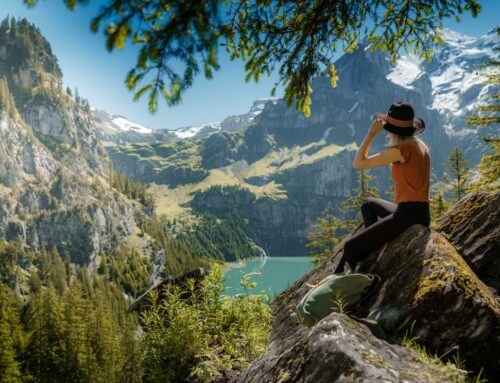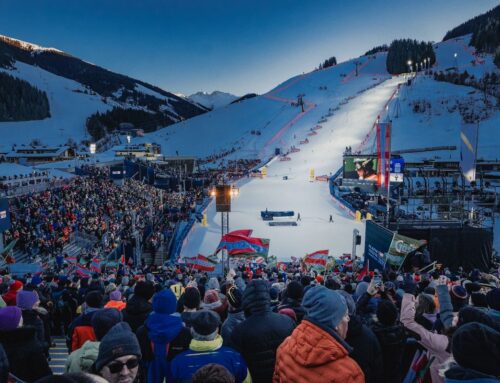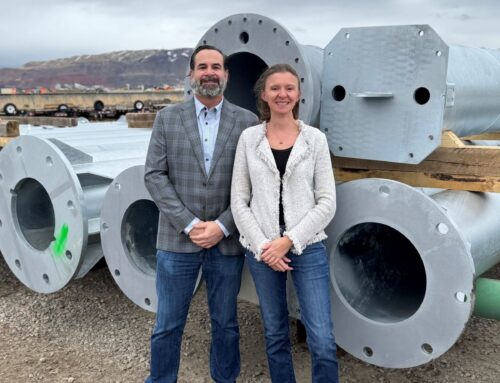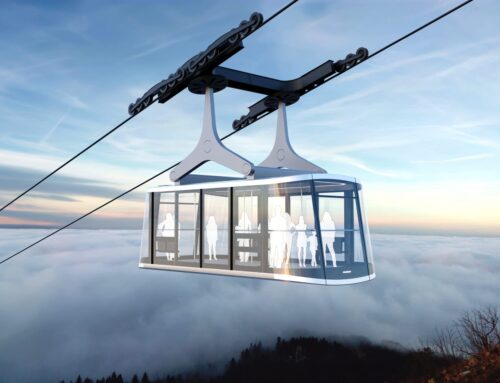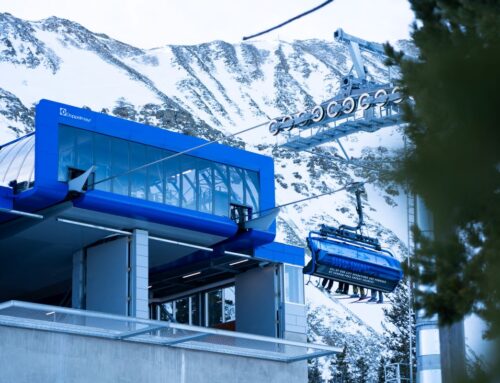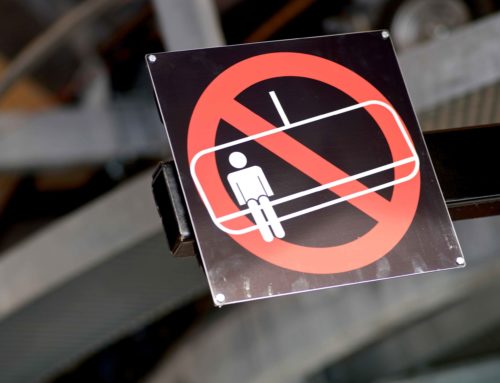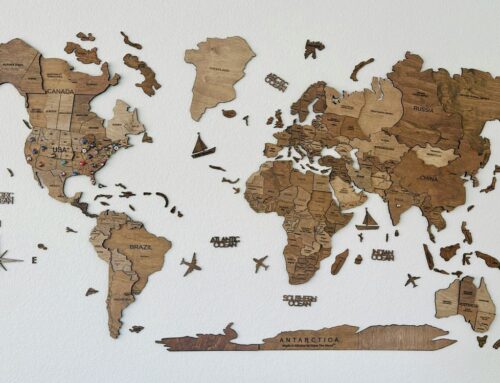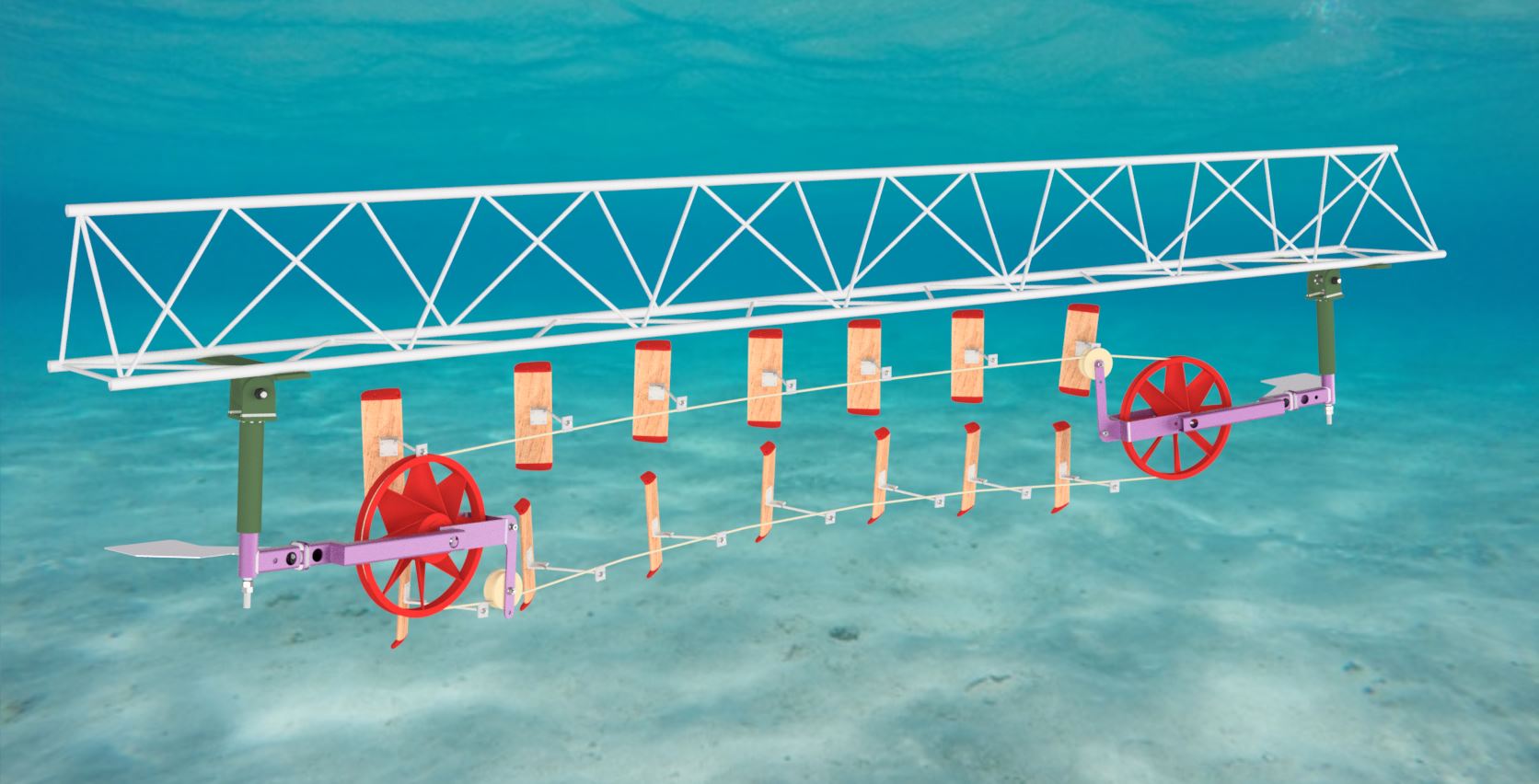
Cableway & Technology, Management & Tourism
Improving image: With power from tidal currents
The terms “innovative” and “sustainable” can now sound trite; the use of green power no longer attracts skiing guests to venture behind the scenes – let alone to the slopes.
This is because buying green power makes no difference to the overall electricity mix. Amid all this greenwashing, ski resorts need to find a unique selling point, in order actually to be considered as creative, innovative and sustainable.
The pilot project of cable car manufacturer Enrope could offer a new opportunity here. It is currently developing a hydroelectric power station with cable car technology – and looking for bold ski resorts to support the idea as project partners.
A virtually untapped energy source
The background of the project is protection of the climate and achieving independence from fossil fuels – an area that has become politically more topical in recent weeks.
Marine energy comes into play here: a huge, previously almost completely unused energy source. According to the European Commission it should meet ten percent of European electricity demand by 2050 and create 400,000 new industrial jobs.
As well as using temperature differences, salinity gradient, waves or tidal range, there is also a focus on the energy content of tidal current.
CableKites
How the prototype of “CableKites”, a hydroelectric power station using cable car technology, might look. Ski resorts will be among the first electricity customers.
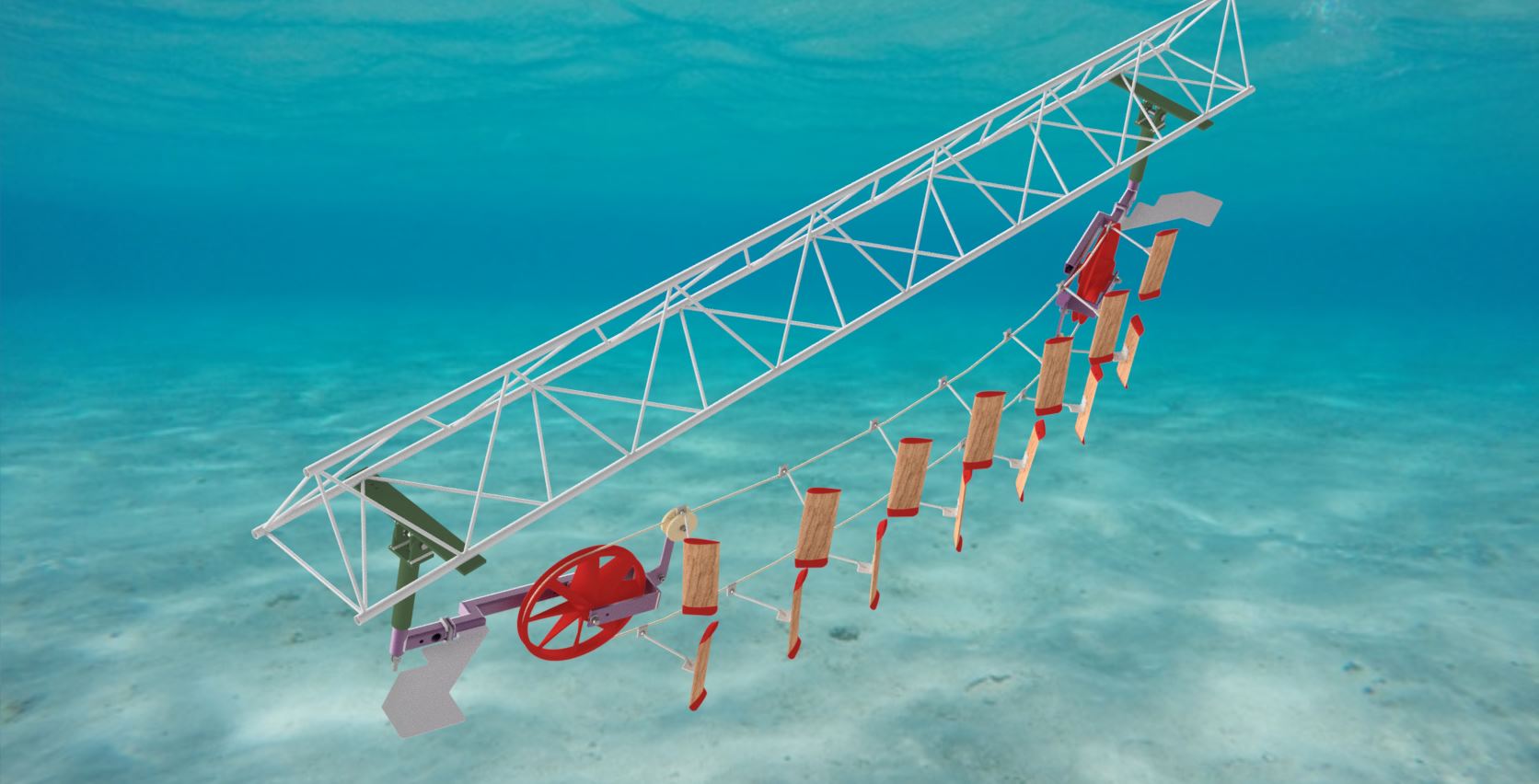
Potential
A water flow of 2.5 m/s produces forces that are equivalent to 350 km/h wind, for example. At the same time, this resource is available regardless of the time of year, insolation or wind, and it should contribute 15.7 gigawatts. This equates to the consumption of around 15 million households.
Power from profiles on the cable
ENROPE now hopes to realise this potential in particular with cable car technology. “We are cable car enthusiasts and can see many advantages in the system – including in respect of existing technologies,” Managing Director Peter Glasl reports.
The flow profiles will be specifically arranged along a cable. This creates a large contact surface for the water flow. The powerful motion of the profiles can be pooled across a cable car and transmitted to power generators.
“We are considering replacing the bench seats of a chairlift with flow profiles. This will produce kites, which lie in the flow. In a similar way to kite surfing, a moderate incoming flow can produce fast and powerful forward motion,” Glasl says. The huge traction force is pooled via the cable and ultimately emitted to generators via the deflecting cable sheaves.
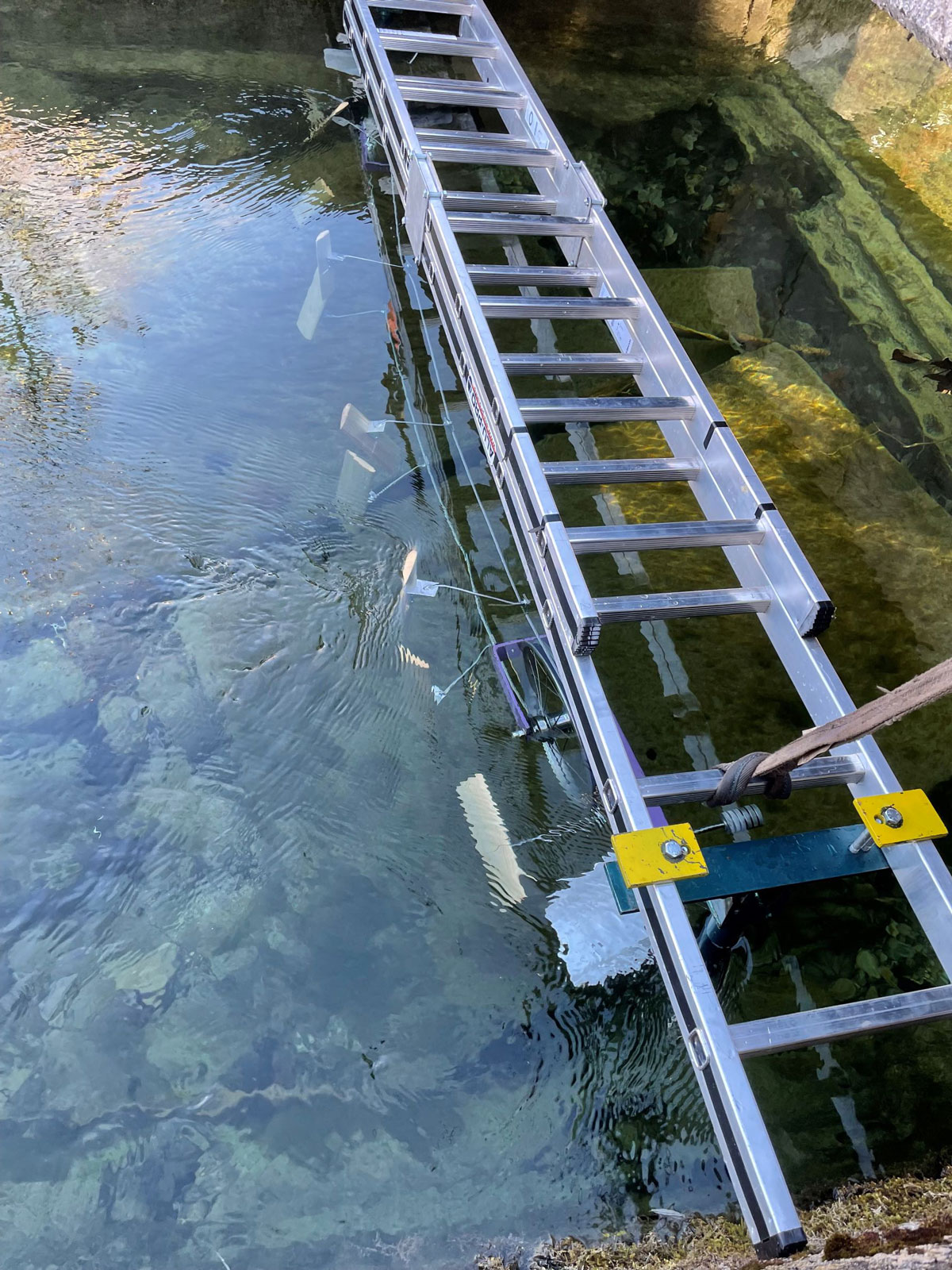
cableKites
Trials in a sawmill leat.
Planned construction
The extruded aluminium flow profiles will be suspended on hanger arms. This creates simple and robust kites with a span of up to five metres, which are routed on a directionally stable course by cable clamps.
A simple cable loop prevents destructive tensions. The drift in water is used to adjust and pre-tension the cable in idle state.
“We are trying to avoid having additional tensioning devices and intermediate supports,” Glasl says. Pivoting axes in the stations allow the flow profiles to align the entire cable loop – which is up to 300 metres long – to the changing tides.
This facilitates unimpeded circulation. The cable loop is already fully spliced on land and the stations are installed on floating platforms. At sea, the system is anchored using maritime technology. To withstand even strong surface waves, the entire technology is both suspended flexibly and lowered securely.
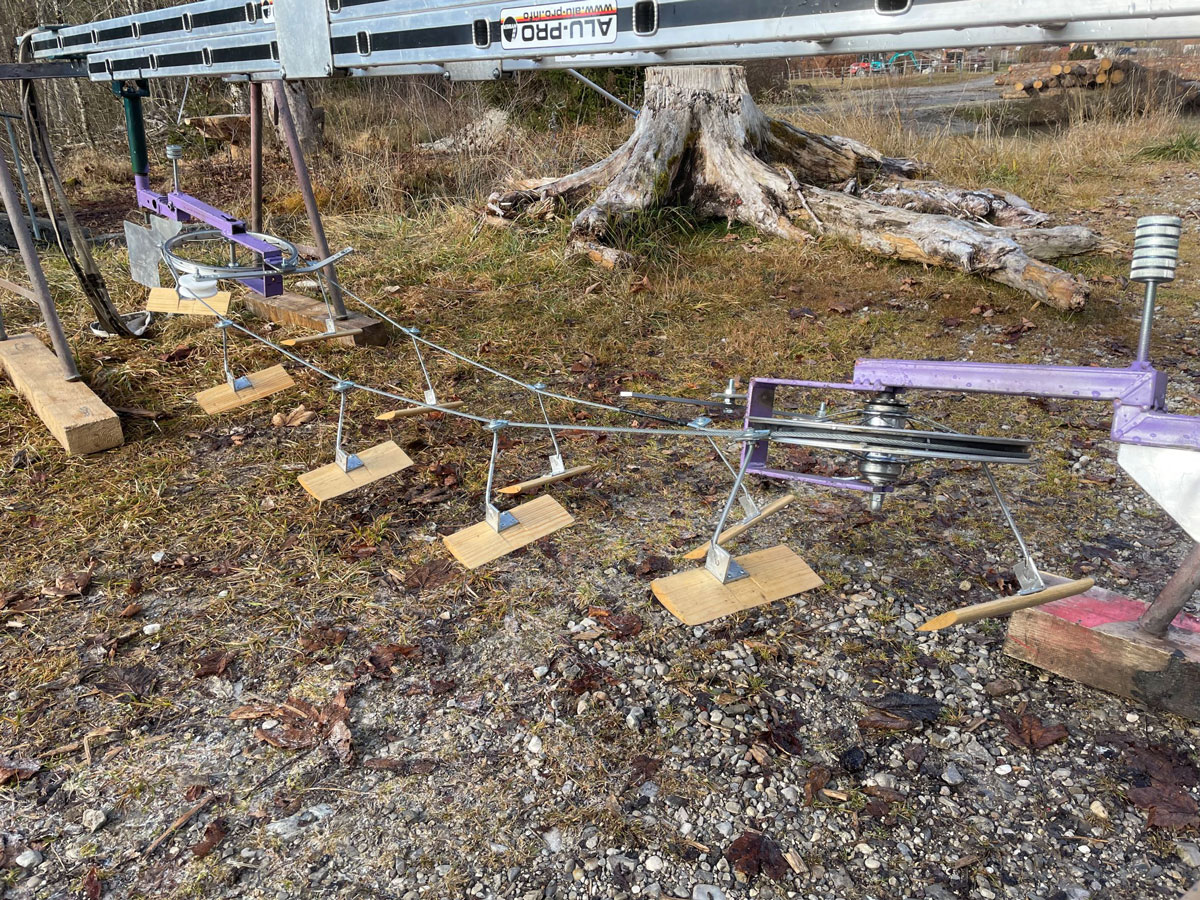
Initial study already available
Initial model trials of the kites were conducted using towing trials in static water and in a flow channel. Here, ENROPE was able to simulate the direction in the flow and the bypassing of the deflecting station.
The previous thinking was confirmed: the kites align themselves autonomously in the flow and easily go around the deflecting pulley with no great swing to the side.
They are supported here by the dense water. The centrifugal forces are relatively low. “A multitude of tests have demonstrated that the tilting technology works excellently. Even with a very slow flow, the cable loop turns to the side and allows the kites to run without colliding,” Glasl reports.
The flow profiles are moreover directed very well by the hoist cable, such that the traction force can build up in the right direction.
Prototype in an Alpine river or leat
The aim is now a prototype of the “CableKites” hydroelectric power station. This should be a maximum of 15 metres long, 2.4 metres wide and 3 metres high. The prototype can therefore be brought to an Alpine leat or river fully assembled on a long-distance train – and returned to the workshop quickly and cost-effectively for improvements.
In a similar way to the test setup, the prototype will be installed suspended from a framework structure. With a truck-mounted crane, the system can therefore be lifted into and out of the water within minutes.
Medium-sized and large ski resorts wanted
ENROPE is now looking for medium-sized to large ski resorts to support the idea – and therefore to be among the first potential electricity customers. They need not have their own suitable body of water; rather, the ski resorts will act as advocates, promoters and sponsors of the pilot project – and can make excellent use of this from a marketing perspective, based on the motto: “If the power station works, we will be first to obtain power from it.”
Contact ENROPE
Peter Glasl, Tel +49 173 612 9072
info@enrope.com
enrope.com
